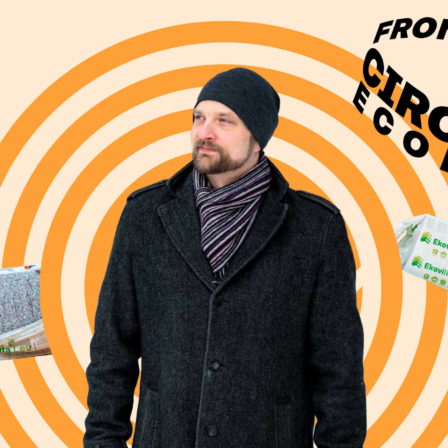Problem
In Finland, the recycling rate falls below EU targets. A lot of recyclable waste is used as fuel in waste incineration plants instead of being recycled, as a result of which a lot of usable raw materials go needlessly to waste. Residents living in areas of detached housing seldom have comprehensive waste-sorting opportunities.
Usually, they have one waste container in their garden with other types of waste needing taking to collection points far away from home. Increasing sorting and collection from individual properties would further increase the number of collection visits, which would increase heavy traffic and, consequently, emissions as well.
Solution: recycling points for areas of detached housing
Instead of collecting mixed waste only, Molok’s neighbourhood collection allows the efficient collection of up to eight types of waste in a common collection point for residents living in detached houses. The amount of refuse lorry traffic and the ensuing emissions reduce when several types of waste are collected at the same time. As a result, people will have more space for other uses than waste collection in their own gardens. With the help of Molok’s neighbourhood collection containers, the recycling rate in areas of detached housing can even be doubled from about 25 to 50 per cent.
Molok’s revenue logic and benefits
A municipal waste management company or local authority offers the neighbourhood collection service to the residents in its area. Molok sells or leases the neighbourhood collection containers to the local authority or municipal waste management company, which for its own part can charge an annual fee from the residents for the use of the container and waste collection.
Benefits to customers and end users
The municipal waste management company can reduce the number of visits made, which decreases fuel consumption and emissions, and the time used for collection work. The investment costs of collection points pay themselves back as lower collection costs. Everyday life for residents becomes easier when they can take their recycling materials to a collection point within walking distance of their homes. People need less space for recycling at home, since they can visit the collection point more often.

















Recommended
One more?